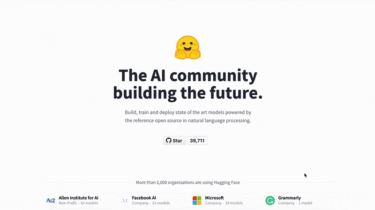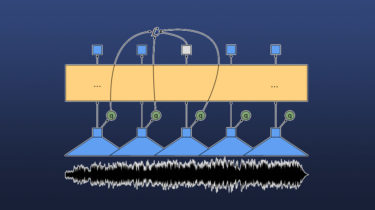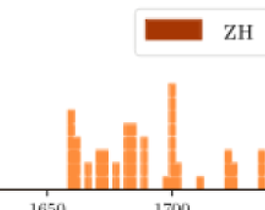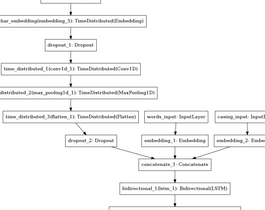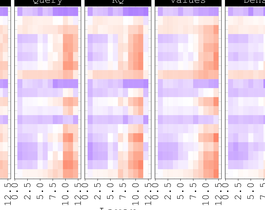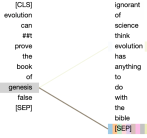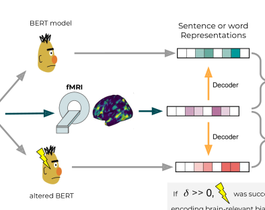Customer Sentiments Analysis of Pepsi and Coca-Cola using Twitter Data in R
This article was published as a part of the Data Science Blogathon. Introduction Coca-Cola and PepsiCo are well-established names in the soft drink industry with both in the fortune 500. The companies that own a wide spectrum of product lines in a highly competitive market have a fierce rivalry with each other and constantly competing for market share in almost all subsequent product verticals. We will analyze the sentiment of customers of these two companies with the help of 5000 […]
Read more
